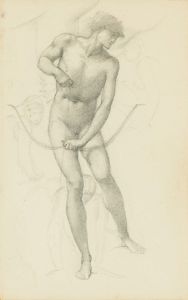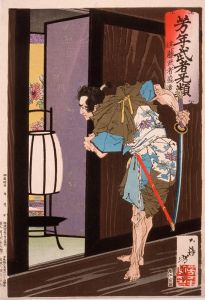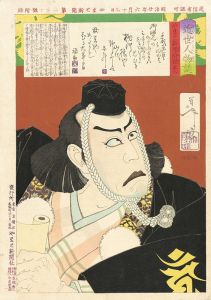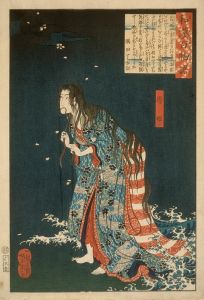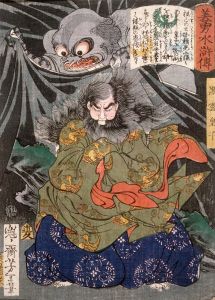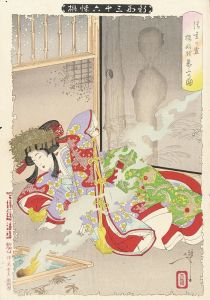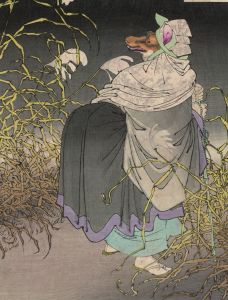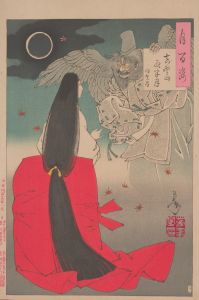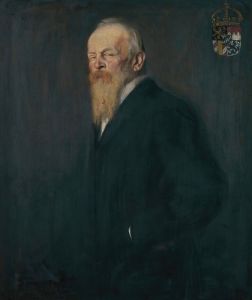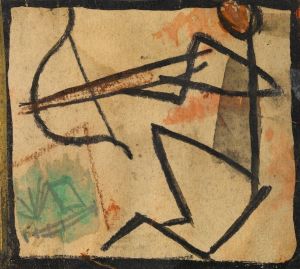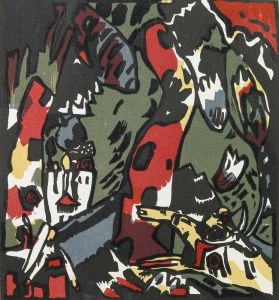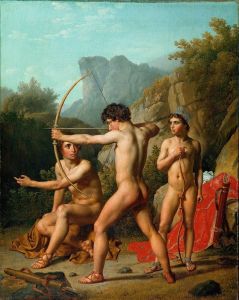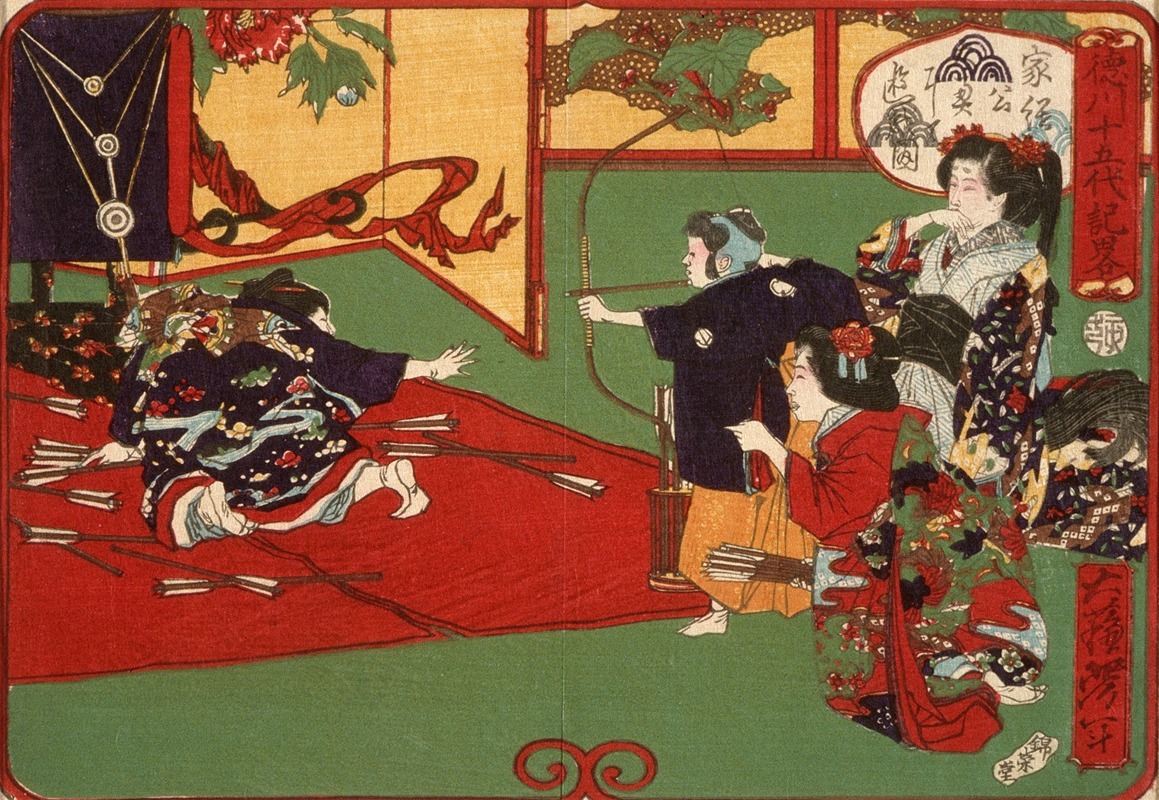
Tokugawa Ietsuga Playing at Archery
A hand-painted replica of Tsukioka Yoshitoshi’s masterpiece Tokugawa Ietsuga Playing at Archery, meticulously crafted by professional artists to capture the true essence of the original. Each piece is created with museum-quality canvas and rare mineral pigments, carefully painted by experienced artists with delicate brushstrokes and rich, layered colors to perfectly recreate the texture of the original artwork. Unlike machine-printed reproductions, this hand-painted version brings the painting to life, infused with the artist’s emotions and skill in every stroke. Whether for personal collection or home decoration, it instantly elevates the artistic atmosphere of any space.
"Tokugawa Ietsuga Playing at Archery" is a woodblock print by the renowned Japanese artist Tsukioka Yoshitoshi, who is celebrated for his innovative approach to traditional ukiyo-e art. Yoshitoshi was active during the late Edo and early Meiji periods, a time of significant cultural and political transformation in Japan. His works often reflect a deep engagement with historical themes, folklore, and the supernatural, rendered with a distinctive style that combines dynamic composition and expressive detail.
This particular print is part of Yoshitoshi's larger body of work that frequently depicted historical figures and events, often with a dramatic flair. Tokugawa Ietsuga, the subject of the print, was a member of the Tokugawa shogunate, which ruled Japan from 1603 to 1868. However, it is important to note that there is no historical record of a Tokugawa shogun named Ietsuga. This could suggest that Yoshitoshi's work might be more allegorical or fictional in nature, rather than a direct historical representation. It is not uncommon for artists of the ukiyo-e tradition to take creative liberties, blending historical fact with myth and legend to convey broader themes or moral lessons.
The print likely portrays Tokugawa Ietsuga engaging in the traditional Japanese practice of kyudo, or archery. Archery has a long history in Japan, both as a martial art and as a ceremonial practice. It was an important skill for samurai, the warrior class to which the Tokugawa shoguns belonged. In the Edo period, archery was not only a means of combat but also a way to cultivate discipline and focus, values that were highly esteemed in samurai culture.
Yoshitoshi's depiction of Ietsuga in the act of archery might symbolize the precision, control, and strategic thinking required of a shogun. The composition of the print, with its attention to the posture and concentration of the archer, reflects Yoshitoshi's skill in capturing the essence of his subjects. His use of color and line work would have been intended to draw the viewer into the moment, creating a sense of immediacy and involvement.
Yoshitoshi's work is characterized by its innovative use of color and its dramatic, often theatrical compositions. He was known for his ability to convey emotion and movement, qualities that are likely evident in this print. His prints often included intricate details that provided insight into the cultural and historical context of the scenes he depicted.
While specific details about "Tokugawa Ietsuga Playing at Archery" may be limited, the work fits within Yoshitoshi's broader oeuvre, which frequently explored themes of heroism, the supernatural, and the complexities of human nature. His prints remain highly regarded for their artistic merit and their ability to capture the imagination, offering a window into the rich tapestry of Japan's past.
In summary, "Tokugawa Ietsuga Playing at Archery" exemplifies Tsukioka Yoshitoshi's mastery of the ukiyo-e form, blending historical reference with artistic expression to create a work that is both visually striking and culturally resonant.





